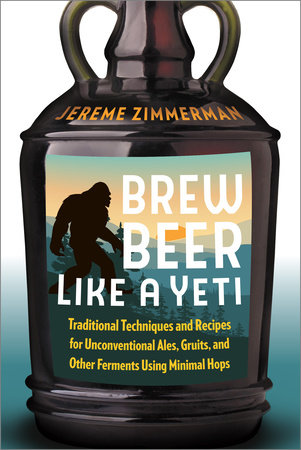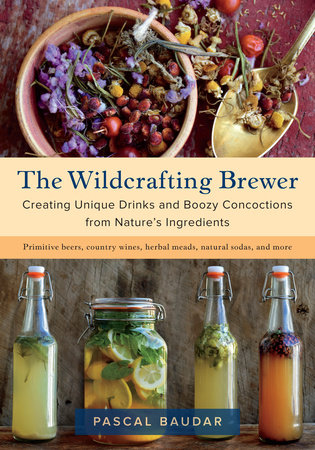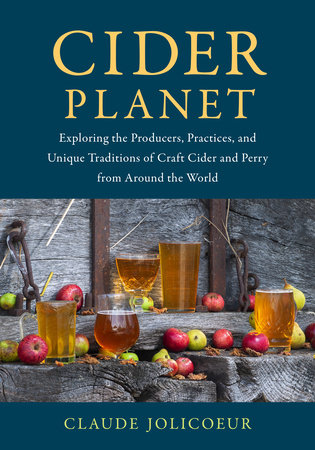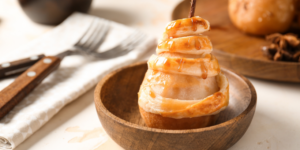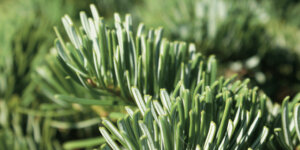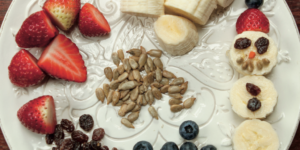Ode to Campari (Plus a Recipe for Vodka Negroni!)

The holiday season is in full swing, and if you haven’t been to a holiday gathering yet, chances are there’s one in your near future. If you find yourself hosting this year, why not spice up the night by offering your guests a cocktail that utilizes Campari? Its herby and fruity flavor is sure to kick your holiday libations up a notch!
The following is an excerpt from Libation, A Bitter Alchemy by Deirdre Heekin. It has been adapted for the web.
I’m trying to remember the first time I tasted Campari. What’s difficult is isolating the occasion for the sense of that first taste: the setting, the weather, the conversation. There have been so many occasions, places, and circumstances. I’m trying to remember this particular moment because I’ve only just realized that a Campari and soda, or Campari and orange, or a negroni, that powerful elixir made of equal parts Campari, gin, and sweet vermouth (unless one doesn’t like gin—which I don’t, so I substitute vodka) have become a kind of personal madeleine, that theory laid out so languorously by Marcel Proust: that a taste could bring to mind a whole catalog of memory, the key to his remembrances of things past.

So I follow the braid back, the little woven string of all the glasses of Campari I have known, starting from the one I had just last week on the first hot day of our summer, a five o’clock cocktail after a day of gardening, of cutting back dead canes on roses, of weeding a plot of herbs, of building new cedar boxes for raised beds. This cocktail hour is reminiscent of growing up in an age when parents would break at the end of a hot summer day and mix their gin and tonics or Irish whiskies (why did they never have Campari?) and sit on the porch in the shade, or on the patio next to the white-blooming camellias. This is also what their parents did, some with the selfsame brand of Irish whisky, others with a glass of cold, pale local beer.
My husband and I sit with our Campari on the porch, and as we drink we look at the garden we’ve so carefully tended all day, our glasses sweating in our hands, the evening heat sliding by us. We’ve marked the first day of our summer not by the calendar, but by the first sip of this bitter, slightly medicinal liquor. My husband proffers a notion: Perhaps every Campari is a first Campari, and each time you drink it the taste surprises you (because you are, on each occurrence, in a different state of mind) and marks the experience that much more clearly, while at the same time bringing on a flood of all the past Campari. Perhaps, he warns, I will never rediscover the original experience.
Trained in philosophy, he continues, recalling a discussion of memory theory from his university days. He remembers a warm spring afternoon in the classroom and the professor, her sleeves still buttoned at the wrist despite the heat, explaining the idea that we attach various tags to memories, and later we find a tag and then, we hope, the memory, provided the memory has not lost its tag, or vice versa. We might have tags for Campari such as: Taste, Campari; Scent, Campari; Location, Campari; Certain Temperature of Air with Quality of Light and Time of Year, Campari; and so on and so on. Anytime we raise a glass of it to our lips, we engage our minds, and we are back at that café table or dinner table, or in that city, or out in the countryside, and we have transported ourselves elsewhere in time, even while tagging a new moment.
Recipe: Vodka Negroni
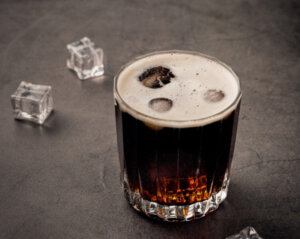
This is the sort of drink that can restore one’s faith. In any case, its fuchsia sunset color chases away all the darker moods. A traditional negroni is made with gin, but gin does not always agree with me, and the clean elements of vodka complement the bittersweet of the Campari and sweet vermouth very nicely.
- Ice cubes
- 1 healthy ounce vodka
- 1/2 ounce Campari
- 1/2 ounce sweet vermouth
- Lemon twist
Fill a cocktail shaker with ice cubes. Add the vodka, Campari, and vermouth. Shake, then strain into a highball glass over more ice cubes. Finish with a twist of lemon.
Recommended Reads
Recent Articles
Indulge in the sweet aroma of these pastry-wrapped pears! Easy to make and stunning to serve, these pastry-wrapped pears are a game-changer.
Read MoreThe scent of fir trees is a holiday staple 🎄 Imagine sipping a festive cocktail infused with the unmistakable taste of fir ✨ This holiday season, elevate your entertaining game by introducing fir to your menu – from classy cocktails to rustic potatoes!
Read MoreDitch boring snacks and upgrade to adorable fruit & veggie treats you’ll love! Brighten up snack time this winter using fruits and veggies we all know and love. Can you resist taking a bite of these cuties?
Read More

